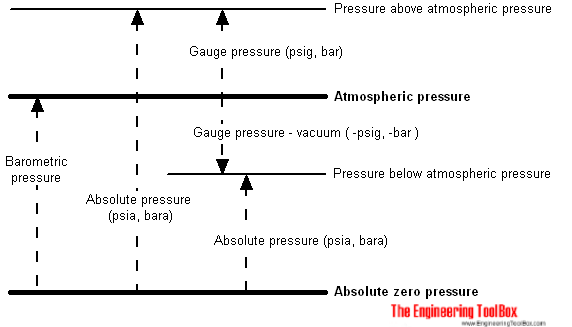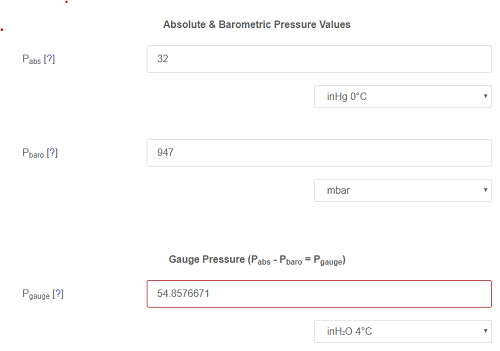Roads & PavementRoads & Pavement
Barefoot
Minimal
Low
Medium
High
Maximal
All around running shoes offer comfort and cushioning for daily runs, jogs, walks, and long mileage. They offer enough versatility for both faster and slower runs and are a great option for those who want one running shoe to do it all.
Fast run or uptempo running shoes are lightweight and responsive. They offer streamlined designs that have minimal uppers and offer a high level of energy return. These shoes are a great option for faster runs in the week or those looking for a livelier experience.
Max Cushion shoes offer premium cushioning with ample ground protection and a stable ride. These types of shoes provide abundant impact protection that softens landings while running at any pace or distance. These types of shoes are best for slower recovery runs and easy days where comfort takes priority.
Racing shoes are designed with optimal performance in mind. These types of shoes have snug-fitting uppers, energetic midsole foams, and features implemented for maximum efficiency. These types of shoes are best for runners looking to gain the ultimate advantage in races but may sacrifice some durability and comfort.
Gym Workout shoes offer a stable and versatile ride. They have a firmer underfoot feeling that provides stability for lateral movements with comfortable uppers. These types of shoes are best for trips to the gyms, cross training, casual wear, and light running. Pressure Units Online Converter
Road running shoes feature smooth outsoles that are designed for running on paved surfaces such as roads, sidewalks, and bike paths.
Designed to handle most trail runs, these shoes prioritize comfort and a smooth ride. These shoes are great for anything from smooth singletrack, park trails, and fireroads making them ideal for those who run from their doorstep on streets before hitting the trail.
These shoes are best used for hard, rugged trails such as shale, granite or sandstone where grip on smooth surfaces and underfoot protection are important.
Designed for use in muddy, soggy conditions, these shoes feature very aggressive outsoles that dig deep into soft ground for exceptional traction.
These shoes feature technical outsoles designed to grip snowy and icy trails making them ideal for winter trail running.
Cushioning level, or stack height, refers to how much shoe is between your foot and the ground. For this category, we reference the amount of cushioning below the forefoot as the heel height will be equal to or greater than the forefoot height.
Absolute Barometric to Gauge Pressure Calculator
0-13mm. The Shoe generally does not have a midsole and feels like there is no cushioning. This shoe is all about feeling the ground underfoot.
14-18mm. The shoe has a thin midsole that allows for a natural running experience. Racing shoes and minimalist shoes are common here. These shoes offer a feeling of being connected to the road or trail.
19-23mm. The shoe has a slightly cushioned feel and may feature added cushioning technologies. Performance training shoes and some trail shoes are common here. These offer protection during footstrike but prioritize a lightweight, grounded experience.
24-28mm. These shoes have a stack height that fall near the middle of the spectrum.The shoes in this category are verstaile and great for all types of runs and distances.
29-34mm. The shoe has a thick midsole and ample cushioning. These shoes are highly protective and absorb more impact than the body.
35mm plus. The shoe has an extremely thick midsole and extra cushioning. The focus is on protection and soft foam underfoot with hardly any ground feel.
Neutral shoes support the foot through a normal range of arch collapse and generally do not have a built-in technology to correct movement.
Stability shoes are a great option for those who overpronate or need added support. These shoes help to limit the inward rolling motion of the ankle while running or walking and assist in guiding the foot straight through the gait cycle. This figure shows that pressure can be presented in several
Product Details:
Budenberg 736 Stainless Steel Pressure Gauge Flowstar UK Limited outlet, PSIA vs PSIG What s the Difference Kimray outlet, Conversion of pressure units psi bars atm pressure Pa force F outlet, How to convert a pressure unit PSI into a bar Quora outlet, BAR to PSI Converter Chart Tyre Air Pressure Conversion outlet, The MSDS HyperGlossary Pressure Unit Conversions outlet, How to convert Kg cm2 to bar Convert Kg cm2 to Pascal PSI bar atm. Pressure Unit Conversion outlet, Pressure units conversions conversion unit pressure convert unit outlet, Pressure Dew Point Chart Conversion Tables PST outlet, Solved The sales gas from a gas plant is compressed from 330 outlet, Understanding and converting pressure units PSI PSIA and PSIG to bar outlet, English ARI Armaturen GmbH Co. KG outlet, Psi to Bar Converter 1 Psi in Bar outlet, Differentiate the class rating and PN in pressure valves outlet, Parts Accessories for FlexStand Benchtop Cartridge Support outlet, Understanding and converting pressure units PSI PSIA and PSIG to bar outlet, Bar unit Wikipedia outlet, Pressure References Taber Transducer outlet, Adjustable range pressure sensor for scaling 1 to 1 bar g outlet, Bar to PSIG Converter outlet, PURA PRODUCT RANGE outlet, Pounds per square inch psi psia psig Nuclear Power outlet, how to convert bar to psi pressure converter outlet, Conversion Tables CEJN outlet, Difference Between Bar and Barg Compare the Difference Between outlet, Pressure measurement PDF outlet, Barg vs Bara Understanding Absolute and Gauge Pressure outlet, Pressure bar bara barg Where can be found a clarification outlet, The sales gas from a gas plant is compressed from 330 Chegg outlet, Difference Between PSI and PSIG YouTube outlet, English ARI Armaturen GmbH Co. KG outlet, Pressure Conversion Calculator outlet, Difference Between Bar and Barg Compare the Difference Between outlet, Difference Between PSI and PSIG outlet, Conversion calculations in Excel Excel Strategies LLC outlet, Pressure Units Online Converter outlet, Pressure References Taber Transducer outlet, PSIA vs PSIG What s the Difference Kimray outlet, Difference Between PSI and PSIG outlet, convert tyre pressure Commer Van Fan outlet, Bar gauge or bar absolute Atlas Copco UK outlet, This figure shows that pressure can be presented in several outlet, Absolute Barometric to Gauge Pressure Calculator outlet, Pressure Units Online Converter outlet, Pressure outlet, Gauge and Absolute Pressure Measurement outlet, Vacuum Pressure Units Conversion Calculator outlet, Pressure Converter outlet, Pressure converter Unit calculator outlet, Pressure bar bara barg Where can be found a clarification outlet, Product Info:
Conversion psig barg outlet.
- Increased inherent stability
- Smooth transitions
- All day comfort
Model Number: SKU#7501705




 bar(a)?$landscape1600$&fmt=png-alpha&fit=stretch,1)
